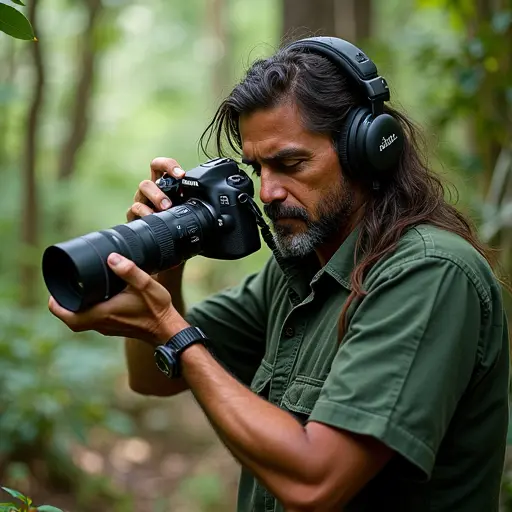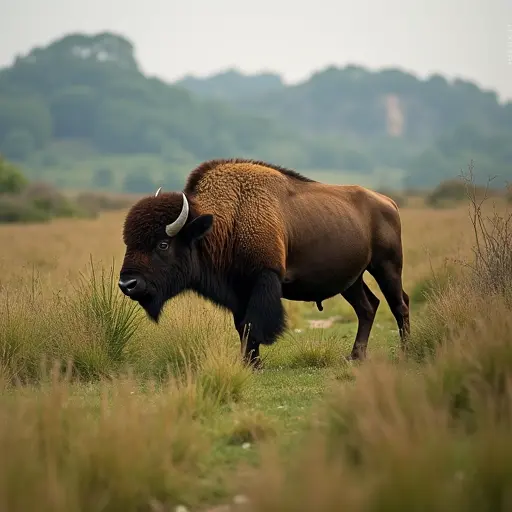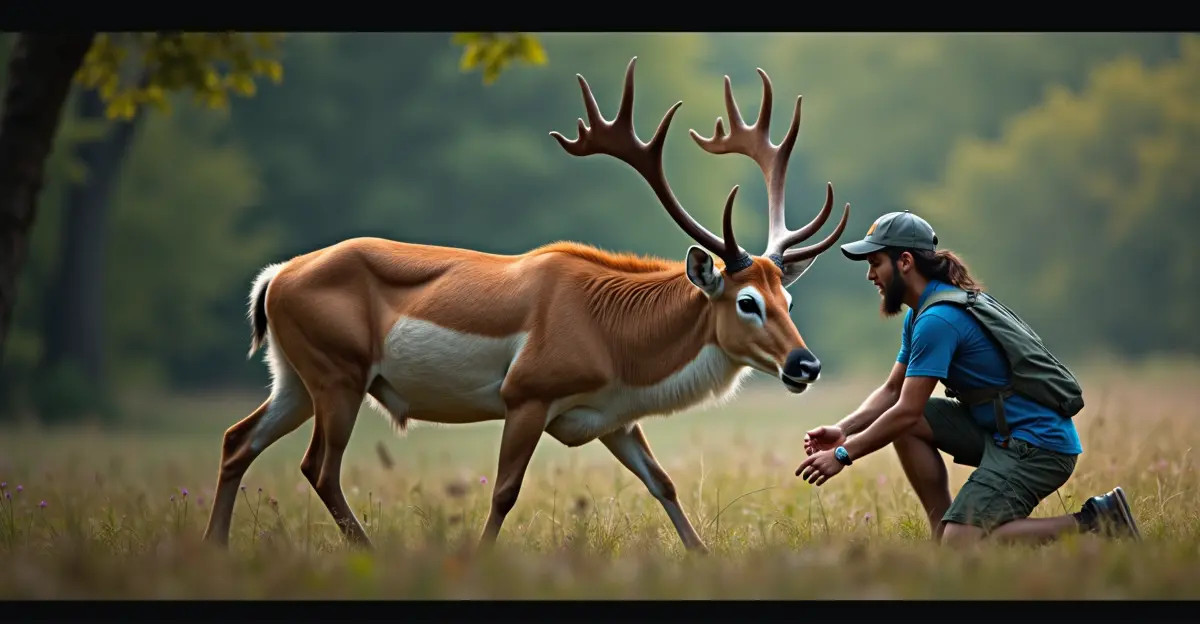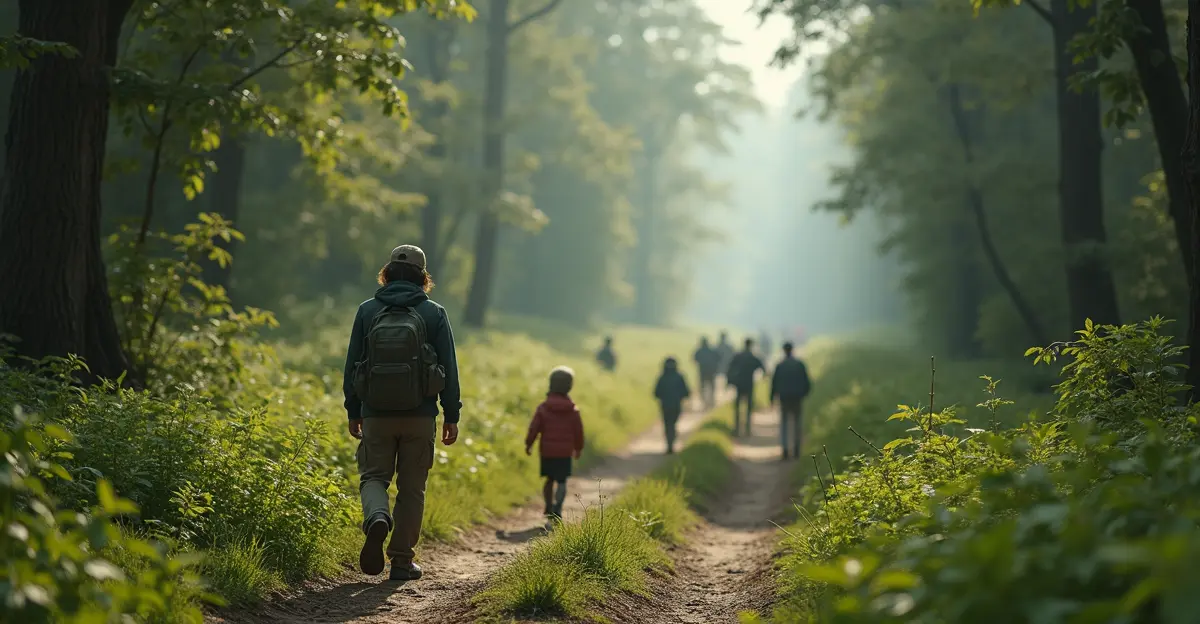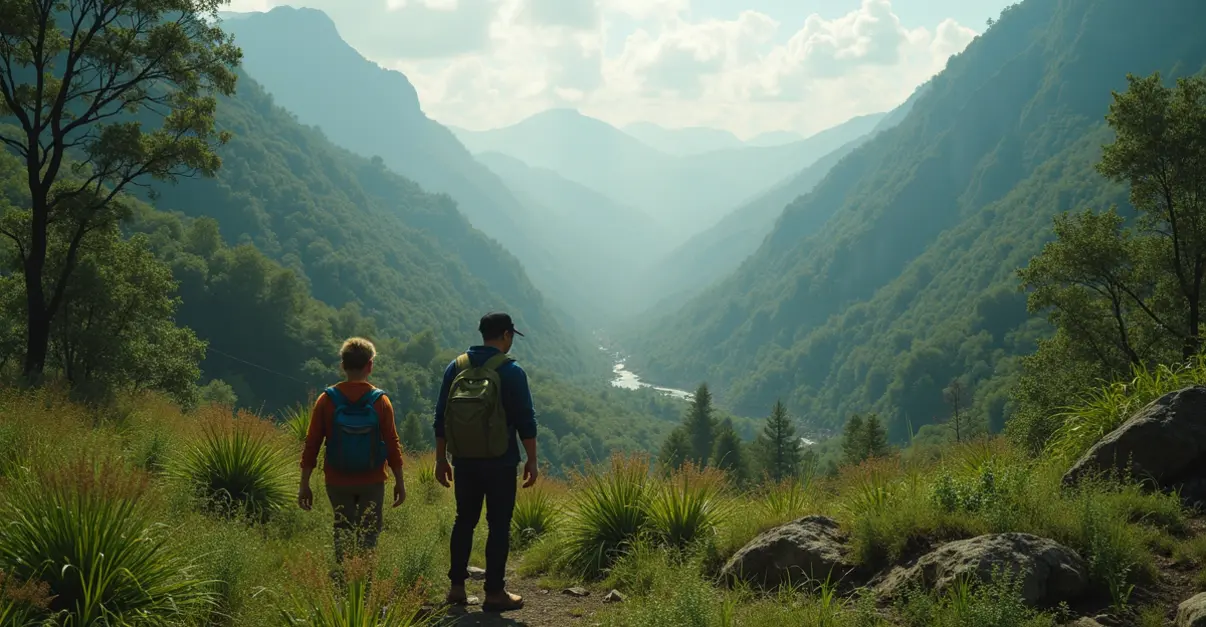Zoos and wildlife reserves worldwide are intensifying conservation programs to protect endangered species through captive breeding, international coordination, and public education efforts.
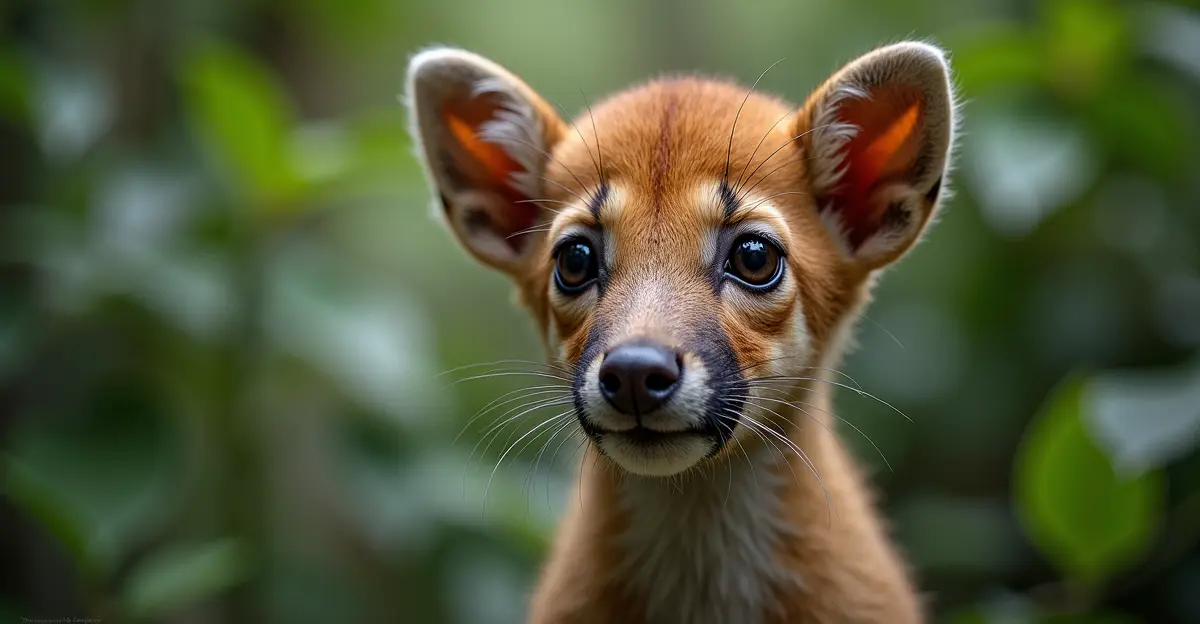
Global Conservation Efforts Intensify as Species Face Extinction
Wildlife conservation programs across zoos and nature reserves worldwide are ramping up efforts to protect endangered species from extinction. With over 50% of the world's species estimated to be at risk, these institutions serve as critical arks for biodiversity preservation.
Captive Breeding Success Stories
Captive breeding programs have become essential tools in conservation. "For many species, relatively little is known about the conditions needed for successful breeding," explains conservation experts. "Information about reproductive biology may be critical to the success of a captive breeding program."
Notable success stories include the Arabian Oryx breeding program initiated by the Phoenix Zoo in 1962, which successfully reintroduced the species into the wild. The Hawaiian Crow conservation efforts by the San Diego Zoo's Institute for Conservation Research have also shown remarkable progress.
International Coordination Efforts
Conservation efforts are coordinated through international programs including:
- Species Survival Plan (SSP) in North America
- European Endangered Species Programme (EEP)
- Australasian Species Management Program
These programs maintain detailed studbooks containing information on birth dates, gender, location, and lineage to determine optimal breeding strategies. "Breeding coordinators review information and determine strategies that produce the most advantageous offspring," says a conservation biologist.
Challenges and Innovations
Transporting animals between facilities for mating presents challenges, as the stress can reduce mating likelihood. Artificial insemination techniques have advanced, though they come with their own complexities regarding sperm quality and animal stress during procedures.
Habitat loss, climate change, poaching, and wildlife trafficking remain significant threats. In Brazil, where biodiversity is exceptionally high, birds account for about 80% of trafficked species, highlighting the ongoing challenges conservationists face.
Educational Impact
Beyond direct conservation, these programs serve important educational roles. "Species in captivity are closer to the public than their wild counterparts," notes an education director. "This proximity helps raise awareness about conservation needs."
As human activities continue to threaten global biodiversity, the role of zoos and reserves in species preservation becomes increasingly vital. Through coordinated international efforts and advancing scientific techniques, conservationists continue their crucial work to prevent species extinction.

 Nederlands
Nederlands
 English
English
 Français
Français
 Deutsch
Deutsch
 Español
Español
 Português
Português




